Ever wonder why some photos look warm, soft, and magical—while others feel harsh and flat? It’s not just your camera or lens. It often comes down to one thing: timing.
The best time of day for photography can dramatically affect how your image looks. Natural light changes throughout the day, and learning to work with it—not against it—can take your photography from average to awesome.
Whether you’re shooting portraits, landscapes, or cityscapes, this guide will help you understand how different times of day impact your photos—and when to shoot for the best results.
Let’s dive in!
Table of Contents
- Golden Hour: The Best Time of Day for Photography
- Blue Hour: Moody Light with a Magical Feel
- Shooting in Midday Sun: Tips and Tricks
- Are Cloudy Days the Best Time of Day for Photography?
- Finding the Best Light for Indoor Photography
- FAQ: Best Time of Day for Photography
Golden Hour: The Best Time of Day for Photography
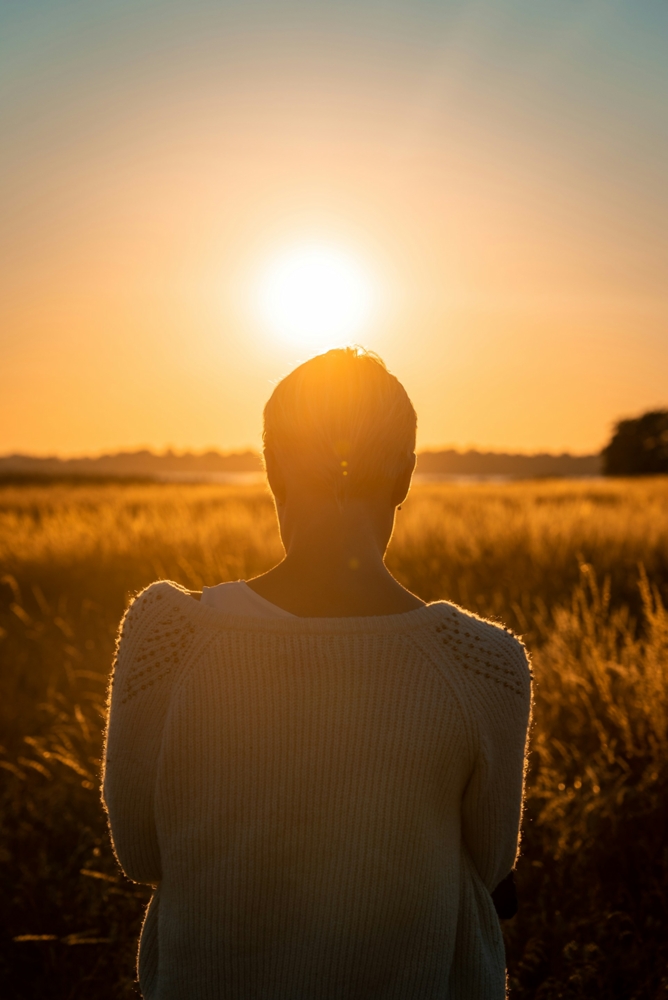
Photo by Andreas Rasmussen on Unsplash (license)
If you’ve ever seen a portrait bathed in soft, golden light, it was probably taken during the golden hour. This is the hour just after sunrise and the hour just before sunset. It’s called “golden” for a reason—the light is warm, diffused, and super flattering.
During golden hour, the sun is low in the sky. This means you won’t get harsh shadows or blown-out highlights. Instead, you’ll get a soft, natural glow that makes skin tones look amazing and landscapes feel alive. It’s hands-down the best time of day for photography if you want that dreamy, natural look.
I personally love shooting during golden hour for portraits. People look more relaxed in this light, and it adds a cinematic feel to everyday scenes. If you’re just starting out, golden hour is the perfect time to practice using natural light.
Just be aware—golden hour moves fast. The light changes quickly, so show up early and be ready to shoot!
Blue Hour: Moody Light with a Magical Feel
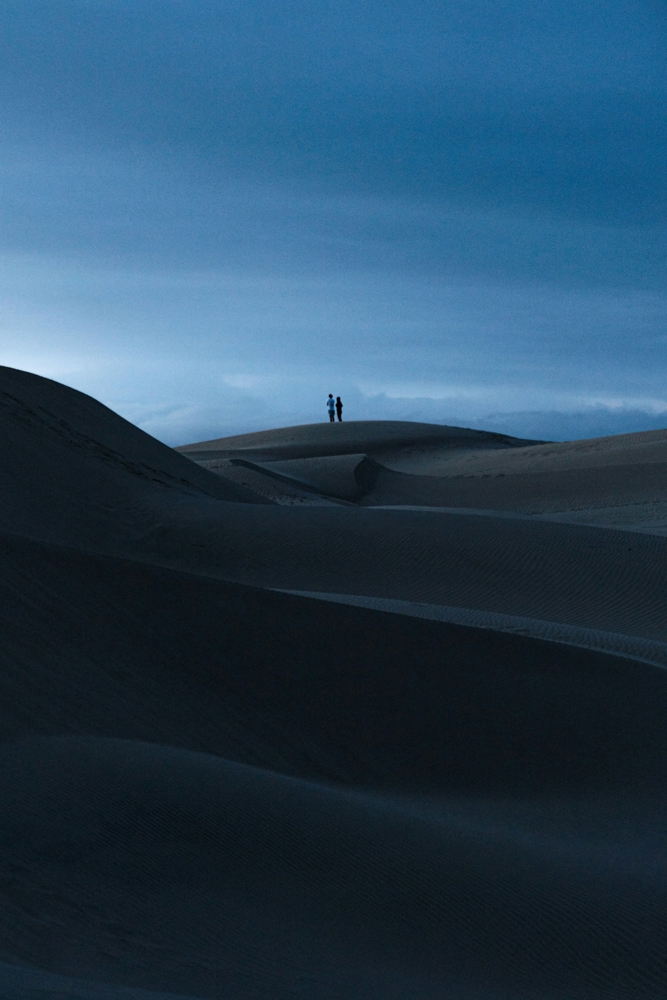
Photo by Jeremy Bishop on Unsplash (license)
Blue hour is another favorite among photographers. It happens right before sunrise and just after sunset. During this time, the sun is below the horizon, and the sky takes on a deep blue or purple tone.
This is a fantastic time to shoot cityscapes, lights, or any subject where you want a cool, moody atmosphere. The contrast between the blue sky and artificial lights can create stunning images with a dramatic feel.
While blue hour isn’t always listed as the “best time of day for photography,” it’s definitely one of the most artistic. It’s a little harder to shoot in because you’ll need a slower shutter speed or a tripod, but the results are worth it.
If you’re after that cinematic, nighttime vibe—give blue hour a try. You’ll walk away with some unique, eye-catching images.
Shooting in Midday Sun: Tips and Tricks
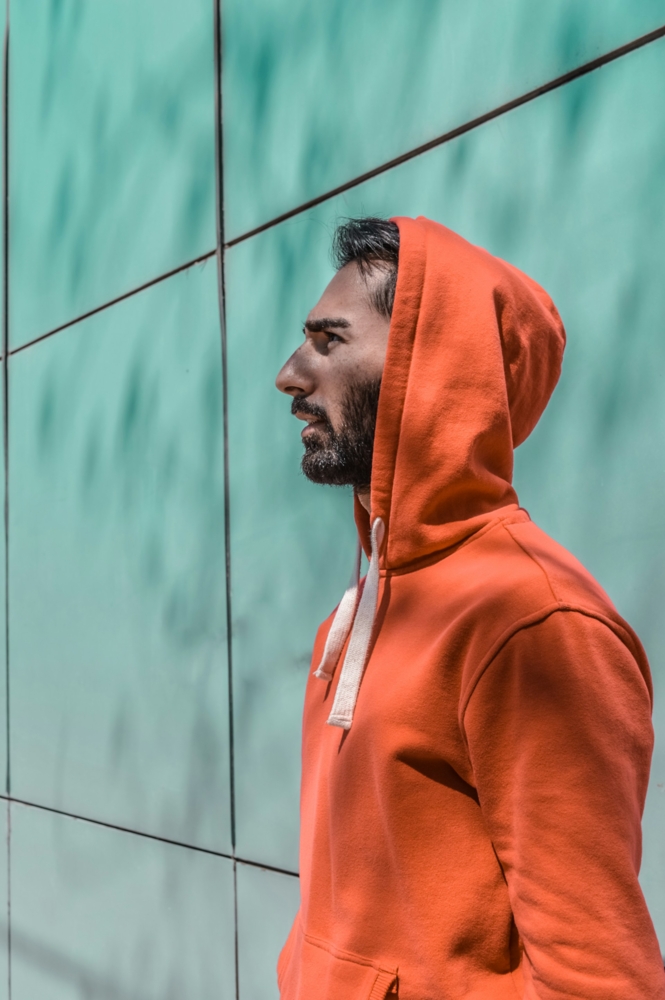
Photo by Nahid Hatami on Unsplash (license)
Midday is usually considered the toughest time to shoot. The sun is directly overhead, which causes harsh shadows and blown-out highlights. People squint, colors get washed out, and it’s easy to lose detail.
That said, you can still get great shots at noon—especially if you know what to do. Look for open shade, like under trees or next to buildings. This gives you even lighting without the harsh sun. You can also use a diffuser or shoot indoors near a window.
Midday is not the best time of day for photography, but sometimes it’s your only option. If that’s the case, plan for it. Use reflectors to fill in shadows, avoid direct sunlight on faces, and adjust your settings to protect your highlights.
With a little prep and some creative thinking, you can still come away with great shots—even when the sun is at its worst.
Are Cloudy Days the Best Time of Day for Photography?
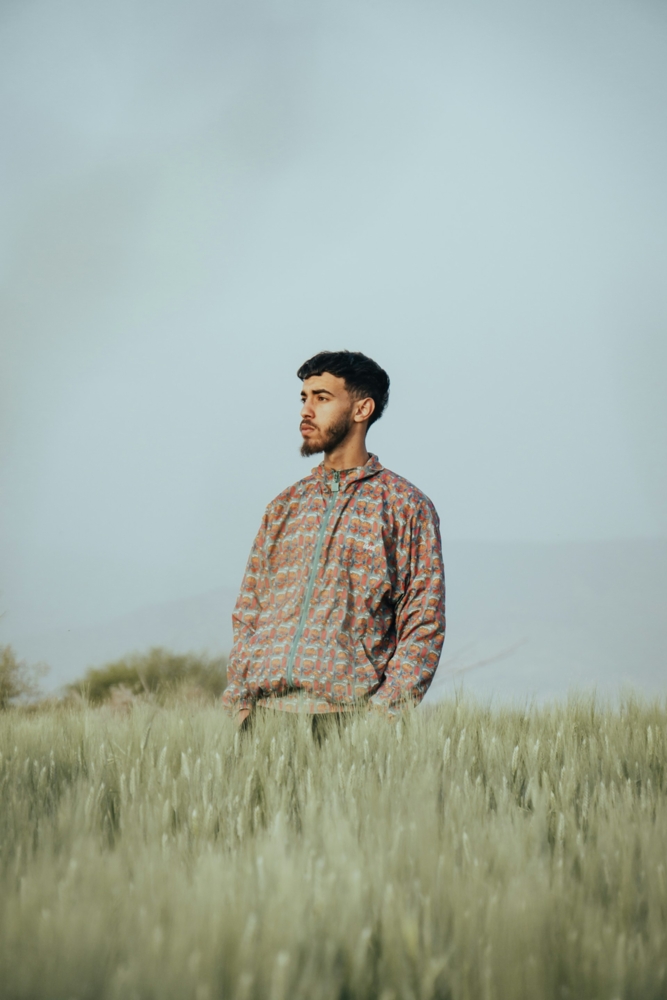
Photo by Medelwaid on Unsplash (license)
Believe it or not, cloudy days are one of the best times to shoot. The clouds act like a giant softbox, diffusing the sunlight and reducing contrast. This gives you soft, even light that works great for portraits, product photography, or anything with texture.
Clouds also reduce glare and make colors appear richer and more balanced. I often shoot outdoor portraits on overcast days because I don’t have to worry about squinting or shadowy faces.
While it might not be the classic “best time of day for photography,” a cloudy day can be the perfect backdrop—especially if you prefer soft, natural light without the time pressure of golden hour.
Don’t cancel your shoot just because it’s gray out. Embrace the clouds and work with the light you have!
Finding the Best Light for Indoor Photography
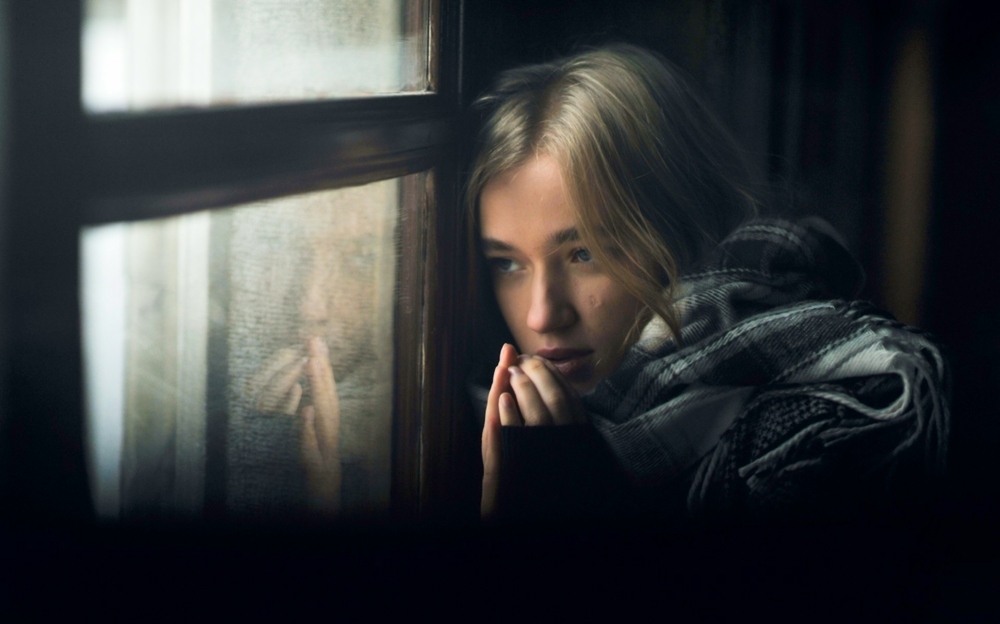
Photo by Resat Kuleli on Unsplash (license)
If you’re shooting indoors, the best light often comes from large windows. Look for windows that get indirect light—north-facing windows are especially good because they stay consistent throughout the day.
Avoid harsh, direct sunlight unless you’re going for a high-contrast look. Mid-morning or late afternoon tends to work best indoors, depending on the direction your windows face.
The best time of day for photography indoors can vary depending on your location and setup. But in general, soft window light is flattering, controllable, and easy to work with—especially for portraits and product shots.
Want to take it to the next level? Add a sheer curtain to soften the light even more and reduce hotspots.
The best time of day for photography isn’t always about having perfect weather or light—it’s about understanding the options and working with what you’ve got. Try shooting at different times and see how the light changes your photos. You might be surprised at what you discover.
FAQ: Best Time of Day for Photography
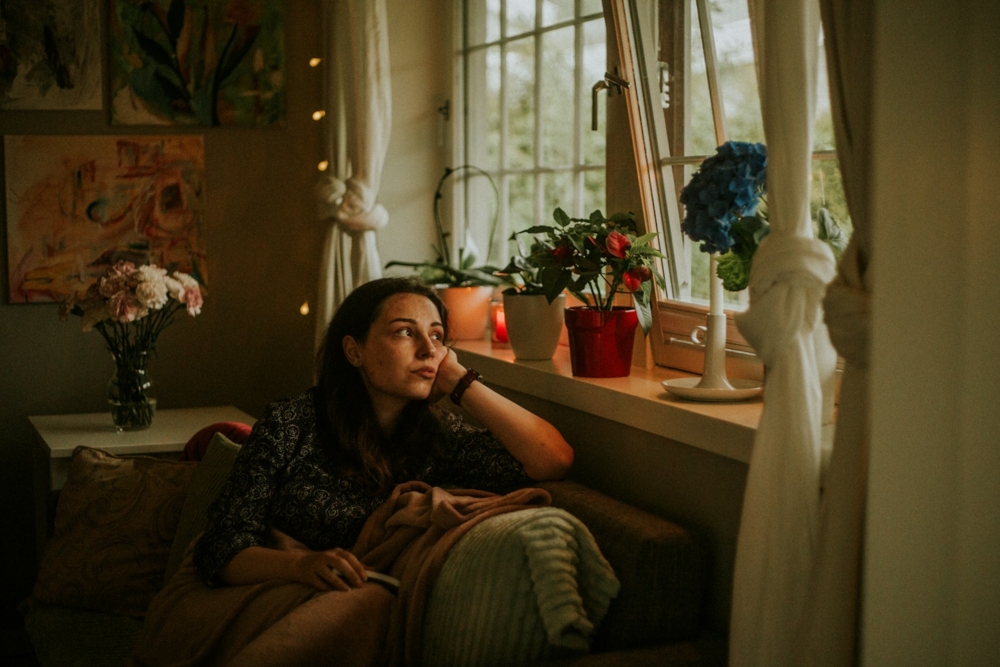
Photo by Roxana Zerni on Unsplash (license)
When is the best time of day for photography outdoors?
Golden hour—just after sunrise or before sunset—is typically the best time for outdoor photography due to its soft, flattering light.
Can I take good photos at noon?
Yes, but you’ll need to manage the harsh light. Use shade, reflectors, or diffusers to soften the shadows.
Is blue hour better than golden hour?
Not better—just different. Golden hour is warm and bright, while blue hour is cool and moody. Choose based on the look you want.
Do cloudy days ruin outdoor photos?
Not at all. Clouds diffuse the sunlight, making them great for soft, even lighting—especially for portraits.
How do I know when golden hour happens?
You can use apps like Golden Hour One or PhotoPills to find exact times based on your location.
A quick heads-up: If you snag something through our affiliate links or check out our sponsored content, we might earn a commission at no extra cost to you. But fear not, we’re all about recommending stuff we’re truly stoked about!
Learn More:
Hero Photo by Petr Vyšohlíd on Unsplash (license)

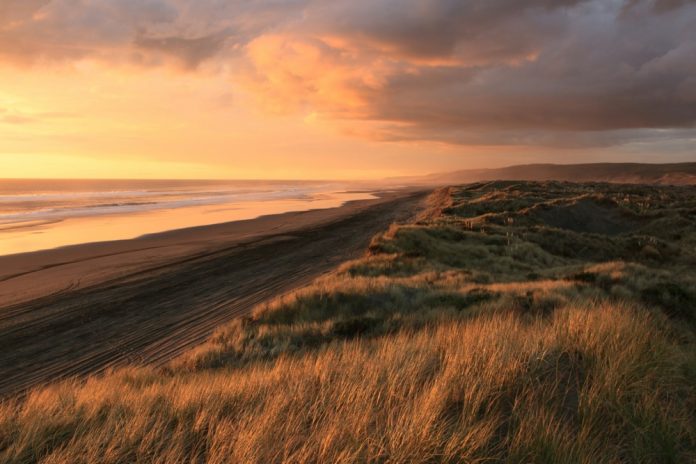
Neatly said..